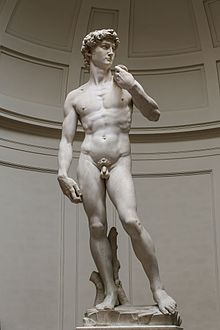Gutter Pairs: Stamp of 1926 Overprinted (Germany, Saarland 1927)
Stamp of 1926 Overprinted (Germany, Saarland 1927)
01 October (Germany, Saarland ) within release Welfare Fund - Optd '1927-28' goes into circulation Gutter Pairs Stamp of 1926 Overprinted face value 2*(50+50) French centime
| Gutter Pairs Stamp of 1926 Overprinted in catalogues | |
|---|---|
| Michel: | Mi: DE-SL 124ZW |
Gutter Pairs is horizontal format.
HORIZONTAL GUTTER PAIRSAlso in the issue Welfare Fund - Optd '1927-28':
- Gutter Pairs - Stamp of 1926 overprinted face value 2*(20+20);
- Se-tenant - Stamp of 1926 overprinted face value 2*(20+20);
- Se-tenant - Stamp of 1926 Overprinted face value 2*(40+40);
- Gutter Pairs - Stamp of 1926 Overprinted face value 2*(50+50);
- Stamp - Stamp of 1926 Overprinted face value 1.50+1.50;
- Gutter Pairs - Stamp of 1926 Overprinted face value 2*(1.50+1.50);
Gutter Pairs Stamp of 1926 Overprinted it reflects the thematic directions:
help, especially in the form of money, given freely to people who are in need, for example because they are ill, poor, or have no home, and organizations that provide this help: She does a lot of work for charity.
Biologically, a child (plural: children) is a human being between the stages of birth and puberty. The legal definition of child generally refers to a minor, otherwise known as a person younger than the age of majority. Child may also describe a relationship with a parent (such as sons and daughters of any age) or, metaphorically, an authority figure, or signify group membership in a clan, tribe, or religion; it can also signify being strongly affected by a specific time, place, or circumstance, as in "a child of nature" or "a child of the Sixties". There are many social issues that affect children, such as childhood education, bullying, child poverty, dysfunctional families, child labor, hunger, and child homelessness. Children can be raised by parents, by fosterers, guardians or partially raised in a day care center.
The nude, as a form of visual art that focuses on the unclothed human figure, is an enduring tradition in Western art. It was a preoccupation of Ancient Greek art, and after a semi-dormant period in the Middle Ages returned to a central position with the Renaissance. Unclothed figures often also play a part in other types of art, such as history painting, including allegorical and religious art, portraiture, or the decorative arts. From prehistory to the earliest civilizations, nude female figures were generally understood to be symbols of fertility or well-being.


